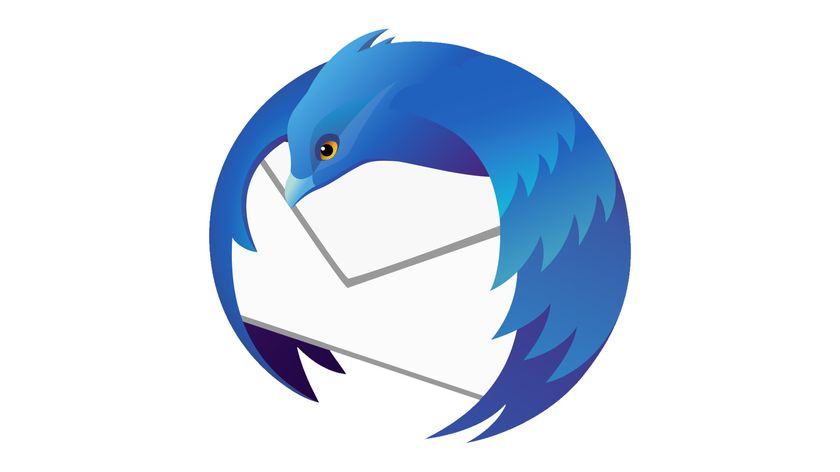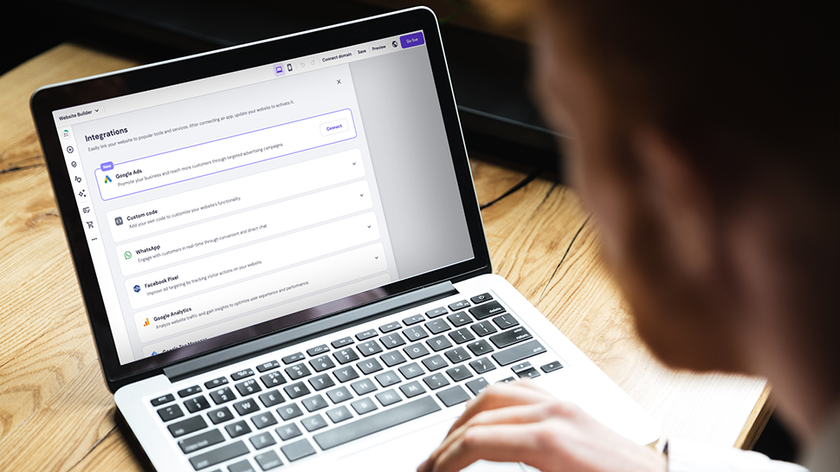
Facebook has been accused of fudging privacy from day one. In response, the site has been through several cycles of refinement. Each new feature seems to expose a fresh set of privacy issues, which are then fixed. Then another feature comes along that takes us back to square one.
The biggest overhaul of the Facebook interface since 2004 rolled out worldwide in December 2011. The timeline feature patches a problem that dogs social media: accessing old data.
Though faster to publish material, social media is difficult to search after the fact. It's traditionally been tough to locate old tweets and status updates. Facebook's timeline changes that, offering a magazine-style layout of your present and past organised by month and year. You can navigate directly to any point in that timeline and see updates, comments, photos and links you posted on Facebook.
It's pretty cool and if you've yet to be prompted to change your profile, you can sign up by scrolling to the bottom of www.facebook.com/about/timeline. The problem is, with Facebook's default privacy settings, you're not the only one who can dig back through the past. If your posts were initially public, so can anyone else.
Facebook's suggested solution is to give you seven days from the moment you opt in to go through your timeline and edit it. If you've been on the site for the best part of half a decade, that's a lot of updates.
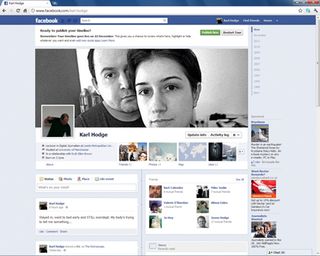
The easiest way to deal with this is to tweak your privacy settings so that only friends can see past posts. Go to 'Settings' (the arrow next to 'Home' on the main page) and choose 'Privacy settings'. In the section labelled 'Limit the audience for past posts' click 'Manage past post visibility'. You can restrict posts so only your Facebook friends can see them. Any posts with other filters in place remain unchanged.
You can further restrict access to posts that others have added to your wall. Unfortunately, this is currently the only timeline privacy setting you can customise. Our suggestion is to make a list of your closest friends - the users you're comfortable broadcasting everything to.
Get daily insight, inspiration and deals in your inbox
Sign up for breaking news, reviews, opinion, top tech deals, and more.
Click 'Lists' in the navigation column on the left of your profile, then 'Create list' on the new page. When you've made this list of trusted users, go back to the Privacy Settings page and choose 'How You Connect'. Click 'Edit settings', then in the 'Who can see posts by others on your timeline?' section, select 'Custom' and choose the trusted group.
Even with Facebook's privacy settings set to kill, there's a lot of private data whizzing about over Wi-Fi when you access the service. Recently, Facebook introduced an option to use the site via HTTPS.
To switch it on, go to the settings arrow and find the 'Security' option in 'Account settings'. Edit the 'Secure browsing' option and choose 'HTTPS'. This will help protect you from network sniffing attacks and data interception exploits that could result in your account being compromised - especially over public networks.
As lovely to look at as it is, the new Facebook timeline could well be the last straw for users keen to keep their lives private. So how do you remove yourself from Facebook - especially when it has become so integrated into our use of the net?
Good news - you can do this easily by going to the settings menu, selecting 'Account settings' and choosing 'Download a copy of your Facebook data'. The archive includes wall posts, messages and chat, photos, videos and contact details for your friends.
Once you've copied your data, your profile is easy to deactivate. Click the settings arrow, go to 'Account settings' and choose 'Security'. Click 'Deactivate your account'. This removes you from Facebook by hiding your profile and removing you from friends' lists, but it doesn't remove your data. If you choose to reactivate, all you have to do is log back in.
To make the ending final, Facebook makes you jump through hoops. First, there's no direct option to delete your account.
You need to go through the Facebook help centre at www.facebook.com/help. Ask the question 'How do I permanently delete my Facebook account?' In the final paragraph of the help document that pops up, there's a link that enables you to delete your account permanently.
Facebook secrets
Tap into Facebook's hidden features to find friends and browse securely

Are you a Facebook ninja, craving faster access to your social media fix? If so, you'll be pleased to learn you can navigate the site with your keyboard.
Browse to your profile in Google Chrome, then try combinations of the [Alt] key with number keys 6-9. Pressing [Alt]+[6] takes you to your account settings. [Alt]+[7] allows you to tweak your privacy settings. If you need help in a hurry, [Alt]+[?] will get you there, while [Alt]+[M] takes you to your Facebook messages.
If you're using Firefox, add [Shift] to the key combo to make it work.
Using Facebook is, of course, all about connecting with people. The site's search tools are more powerful than you might realise - partly because Facebook suggests results. There could be other, better results lurking in that list you can't see.
For example, if you're looking for a friend, try searching for known email addresses instead of their name.
Facebook has patchy support for boolean search operators. For example it supports the '|' symbol, but not 'OR'. The results are the same though. Search for two items and Facebook returns data on both.
You can filter search results by selecting categories from the navigation on the left once a set of results has been returned.
Finished adding friends on a public computer? Hope you remembered to log out, but if you didn't, Facebook can take care of that. Log in when you get home and go to 'Settings', then 'Account settings > Security'. Click 'Edit' next to 'Active sessions'. You'll see a list of Facebook sessions you logged into, but failed to log out of. Any of those can be closed.
To add an extra layer of security, you can restrict Facebook so you can only log in from designated machines. Firstly, in 'Security', click 'Edit' next to 'Security notifications'. Tick the box so you receive an email alerting you any time someone logs in to your account. The next time you attempt a log in from a different device, you'll get an email and you'll be asked to give that device a name. It enables you to track who logs into your account and when much more effectively.
Finally, here's a tip from social media scholar Danah Boyd. She observed how some Facebook users deactivate their account every time they log out. Because Facebook simply suspends the account rather than deleting it, you can reactivate it when you log back in.
The point? It enables you to protect your data - and prevent others from posting on your wall while you're away, sending you messages, or interacting with you. That's a bit drastic in our opinion, but it certainly thwarts would-be stalkers and data miners.
Master the Facebook timeline
The new Facebook timeline lets you rewrite history. We look at three ways to manage your past
1. Hide content
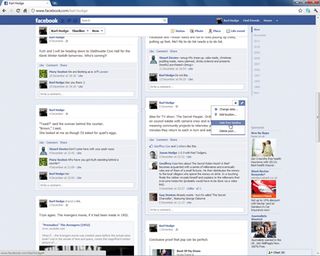
When you first opt in to the new timeline profile setting, you have seven days to spend tinkering with it before the new layout goes live. In addition to setting global privacy options, you can delete or hide any individual post you've made in the past. Click the pencil icon in the top right corner of a contentious post and choose from the options available.
2. Feature old posts
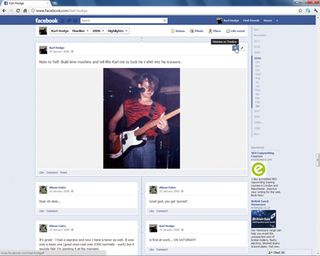
If you're particularly proud of any particular update - the birth of your baby or your team winning the cup, for example - you can feature updates too. Roll over the top right corner and you'll see a star icon next to the 'Edit' button. Click it to highlight the post in your timeline. This reformats the update, making it larger and more prominent on the page.
3. Add new updates

You can even edit your past to show your best side. Scroll down to any point in the timeline, or use the navigation list at the to right to go to a particular year. Click on the timeline and a menu pops up, letting you add new photos, places, events and even status updates - though the idea of retroactively updating your status does seem like a bit of a cheat…

